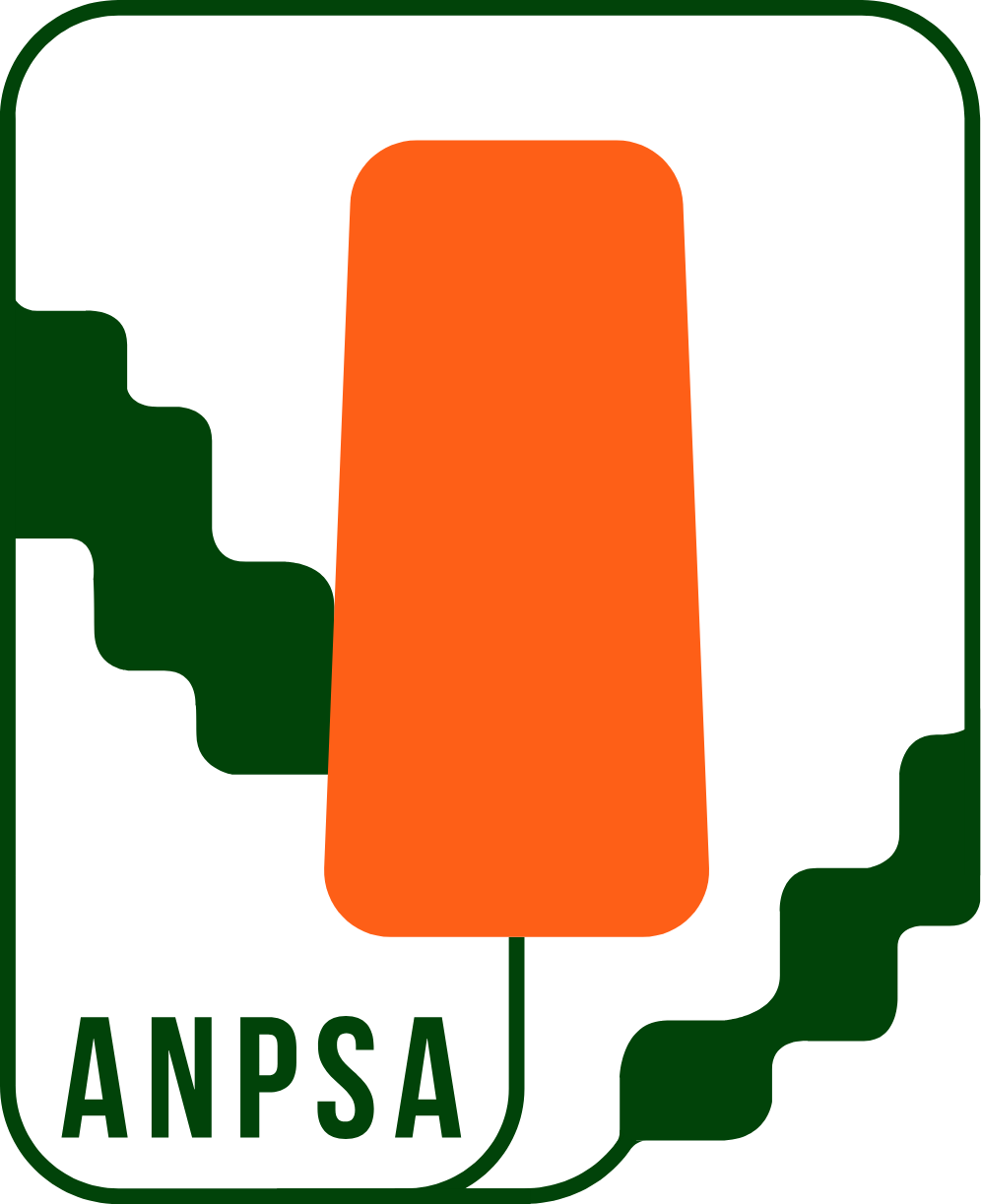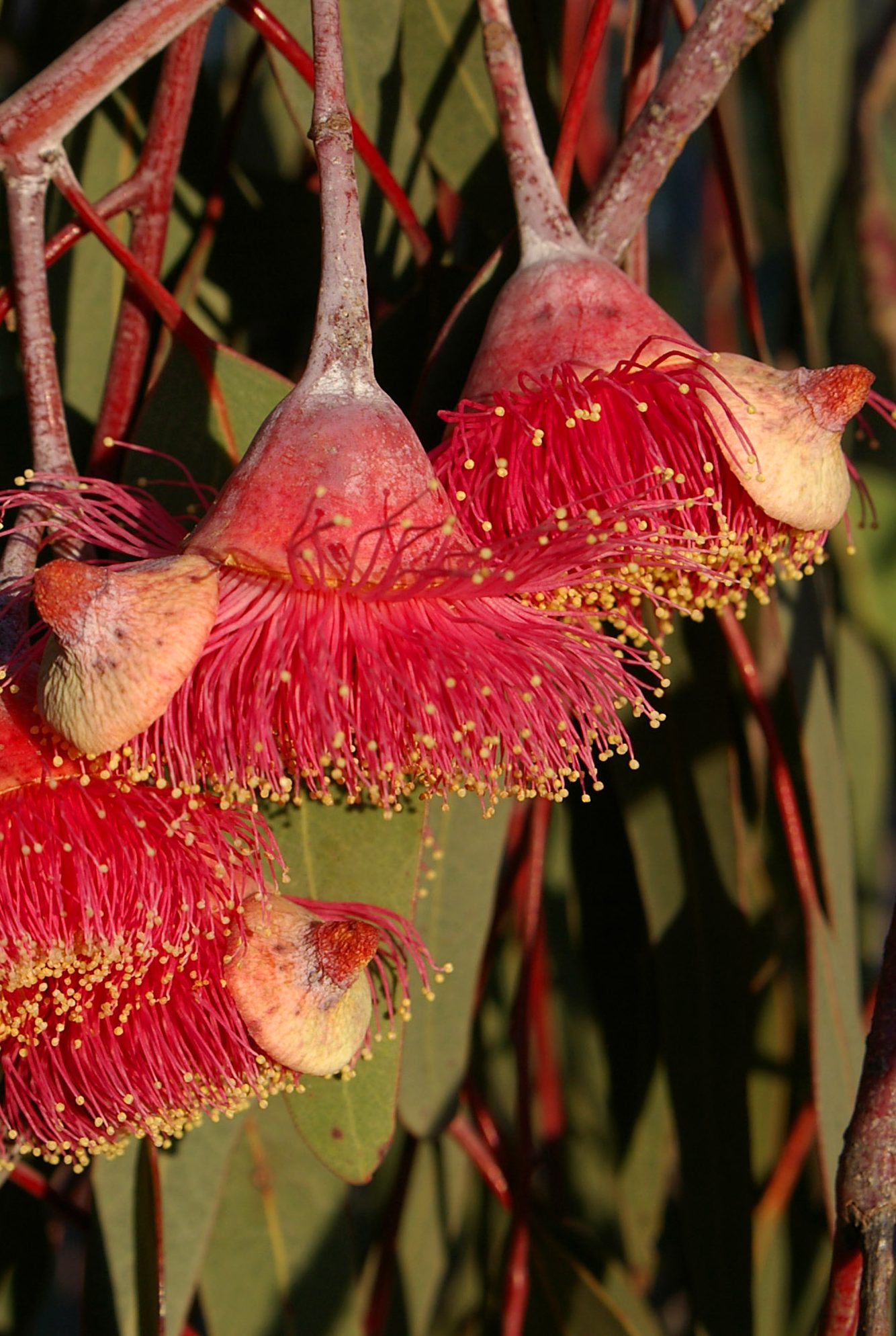Join
Membership is available to members of an ANPSA-affiliated Regional Society. If you are not a member of a Regional Society, please refer to the ANPSA Membership Page for further information on joining.
For more information or to join please send a request using the following form (please note that all fields are mandatory* – you may edit the ‘Message’ field if necessary).
Eucalyptus Study Group Form
Signup form for the Eucalyptus Study Group that sends a notification to the Study Group leader.
Newsletters
Regular newsletters are published several times per year to record activities and experiences of Group members in cultivating eucalyptsin various climatic zones, keeping up to date on scientific knowledge of the genus and reporting on field trips to various parts of Australia.
Newsletters published by the Study Group since its inception are provided here as an archive. Not all early issues are currently available but they will be added here if they become available. (Note: These are in pdf format and will require a PDF Reader to view them. Free readers include Foxit Reader and Adobe Acrobat Reader).
More recent newsletters will be uploaded about a year in arrears, so that current Study Group members have privileged access to current content.
****Click here to access the Eucalyptus Study Group Newsletters*****
Eucalypt Plant Profiles
Profiles of a number of Eucalyptus, Corymbia and Angophora species have been incorporated into the eucalypt section of the ANPSA website, which can be found under ‘Plant Guides > Common Plant Genera and Families’.
Each profile includes a photograph and information on natural distribution, taxonomy, cultivation and propagation.
***Click here to see the Eucalypt Profiles***
ANPSA’s Eucalypt section also covers the characteristics, cultivation and propagation of eucalypts generally, and includes references to other relevant resources.
Eucalypt Resources
These are a few internet and other resources on the eucalypts that might prove useful,
Books:
- Boland, D, Brooker, M, Chippendale, G, Hall, N, Hyland, B, Johnston, R, Kleinig, D and Turner, J (1984), Forest Trees of Australia, Thomas Nelson, Australia and CSIRO.
- Brooker, M and Kleinig, D (1990; Revised Ed.), Field Guide to the Eucalypts, Vol.1 South-eastern Australia, Inkata Press, Melbourne and Sydney.
- Brooker, M and Kleinig, D (1990), Field Guide to the Eucalypts, Vol.2 South-western and Southern Australia, Inkata Press, Melbourne and Sydney.
- Brooker, M and Kleinig, D (1994), Field Guide to the Eucalypts, Vol.3 Northern Australia, Inkata Press, Melbourne and Sydney.
- Brooker, M and Kleinig, D (1996), Eucalyptus: An Illustrated Guide to Identification, Reed Publishers, Australia.
- Chippendale, G (1968), Eucalyptus Buds and Fruit, Australian Government Publishing Service, Canberra.
- Chippendale, G (1973), Eucalypts of the Western Australian Goldfields (and the Adjacent Wheatbelt), Australian Government Publishing Service, Canberra.
- Elliot, W. R and Jones D (1986), The Encyclopaedia of Australian Plants, Vol.4, Lothian Publishing Company Pty Ltd, Melbourne.
- Hill, K and Johnson, L (1995), A Revision of the Bloodwoods, Genus Corymbia (Myrtaceae), in Telopea, Volume 6(2-3), Royal Botanic Gardens, Sydney.
- Holliday, I and Watton, G (1989), A Gardener’s Guide to Eucalypts, Hamlyn Australia
- Kelly, S (1969), Eucalypts, Vol.1, Thomas Nelson, Australia.
- Kelly, S (1978), Eucalypts, Vol.2, Thomas Nelson, Australia.
- Nicolle, D (2016), Smaller Eucalypts for Planting in Australia: Their Selection, Cultivation and Management, Dean Nicolle, Adelaide.
- Nicolle, D (2016), Taller Eucalypts for Planting in Australia: Their Selection, Cultivation and Management, Dean Nicolle, Adelaide.
- Prior, L and Johnson, L (1971), A Classification of the Eucalypts, Australian National University Press, Canberra.
CD-ROM:
- EUCLID; This is a computer-based, interactive identification and information system. It allows the user to quickly and easily identify about 900 species and subspecies of Eucalyptus, Corymbia and Angophora. The CD seems to be no longer available for purchace – see the online version listed below.
Journals:
Many issues of the Society’s journal “Australian Plants” contain material on eucalypts and eucalypt cultivation. Issues of particular interest are:
- Vol 8, No.61 December 1974; Small Eucalypts, with particular reference to colourful mallees.
- Vol 9, No.72 September 1977; Forms of Eucalyptus leucoxylon.
- Vol 10, No.78 March 1979; Eucalypts for arid areas; Eucalypt propagation; A close look at Eucalypt leaves; Scribbly gums; Root systems.
- Vol 11, No.88 September 1981; Descriptions and photographs of yellow-flowered species; Pests of Eucalypts.
- Vol 20, No.164 September 2000; Ornamental Eucalypts – Species for cut bud and flower production.
- Vol 22, No.176 September 2003; Eucalypts in the Goldfields.
Internet:
- Corymbia, Corymbia….Wherefore Art Thou, Corymbia? – a look at the naming controversy
- Corymbia ‘Summer Red’ and ‘Summer Beauty’
- Currency Creek Arboretum – Specialist eucalypt arboretum (‘zoo of trees’), with its main purpose being research into Australia’s most dominant natural group of plants, the eucalypts (genera Angophora, Eucalyptus and Corymbia). Includes extensive list of eucalypt resources
- Dyeing with eucalypts
- EUCLID: On-line version – Interactive key to Australian species and subspecies of eucalypts.
- Eucalypt Australia – A grant making Charitable Trust that focuses on eucalypts and co-ordinates National Eucalypt Day (March 23).
- Eucalypts by Cuttings.
- Eucalypts…but not Eucalyptus – The new genus Corymbia
- Eucalyptus oil industry in the NSW Southern Highlands – A two-part article from the Southern Highland News, sourced from the archives of Berrima District Historical & Family History Society. Part 2 is here.
- Growing Native Plants – a series of plant profiles by the Australian National Botanic Gardens; includes a number of eucalypts.
- Hardy Eucalypt Page – Eucalypts for Cold Climates
- Medicinal properties and bush foods of eucalypts
- The marri, Corymbia calophylla
- Mistletoe – Part 1
- Mistletoe – Part 2
- Small-growing Eucalypts
- Small Gums for Small Gardens
- Stratification of Eucalyptus Seed
- Temperate Area Eucalypts
- When to Plant Eucalyptus Seed
Study Group Leaders
Since its inception in 1975, several people have led the group. The leaders are listed here.
- 1975-1982: Lindsay Daniels
- 1982-1989: Tony Bean
- 1990-1993: Shona Sadlier
- Group in recess
- 1997-2001: Angus Stewart
- 2001-2004: Tam Kendall
- 2004-2007: Margaret Moir
- 2007-2008: Elspeth Jacobs
- 2008-2009: Ray Clay, Curator/Caretaker,
Friends of the Peter Francis Points Arboretum - 2010-2020: Warwick Varley
 Australian Native Plants Society (Australia)
Australian Native Plants Society (Australia)